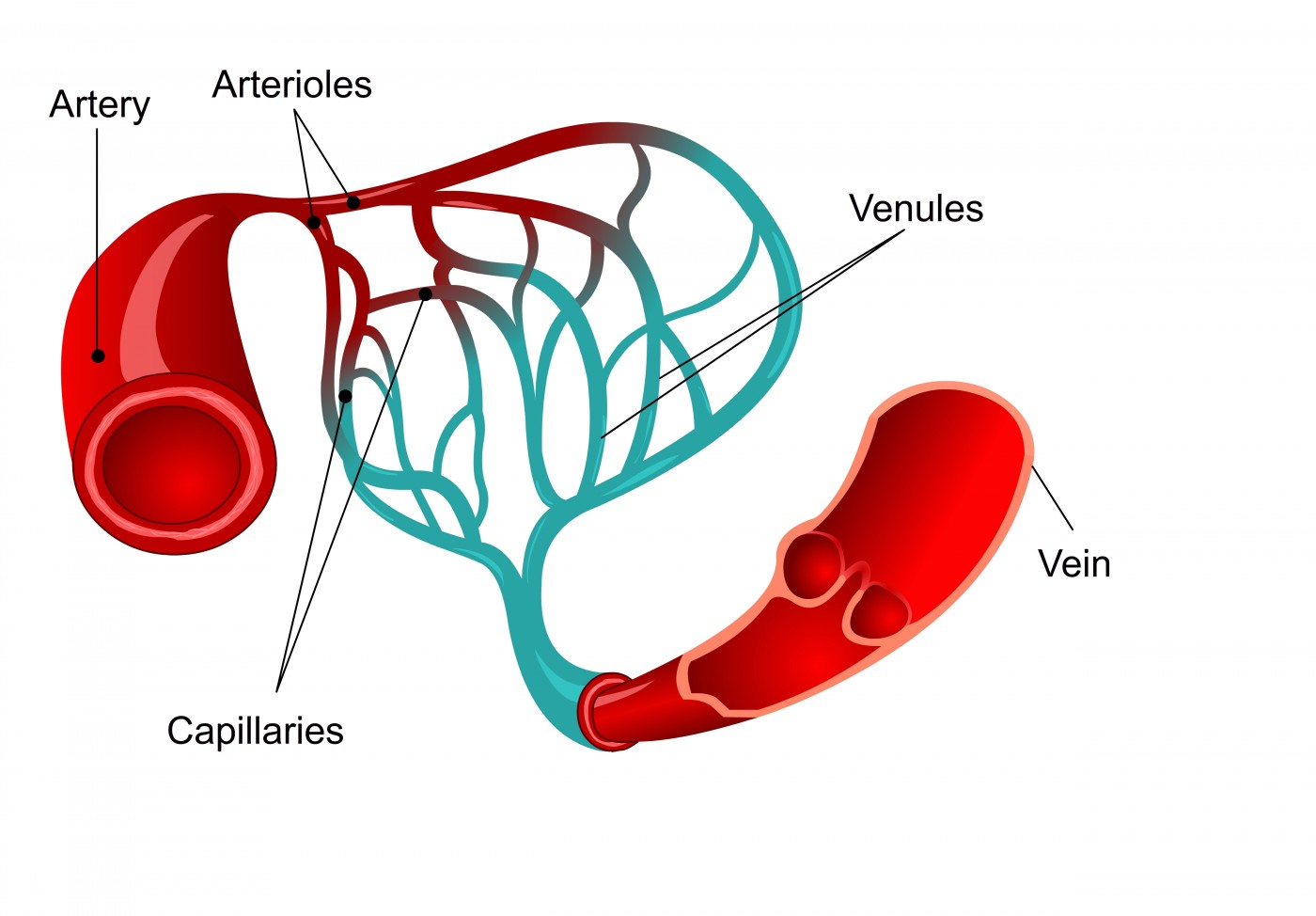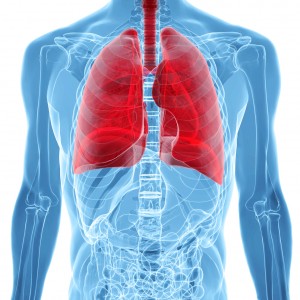Macrophage Activation May be the Cause of Acute Exacerbation of Idiopathic Pulmonary Fibrosis

A team of Researchers led by Antje Prasse from the Department of Pneumology, University Medical Centre in Freiburg, Germany identified that macrophage activation and other cellular events may be part of the cause of acute exacerbations in idiopathic pulmonary fibrosis.
Idiopathic pulmonary fibrosis (IPF) is a disease associated with high mortality and poor prognosis. The clinical course of IPF varies from slow progression to acute exacerbation with subsequent respiratory deterioration and death. Acute exacerbation (AE) of idiopathic pulmonary fibrosis (IPF) causes IPF symptoms to accelerate, being associated with IPF mortality.
[adrotate group=”4″]
Studies have found in patients with IPF that the 1-year incidence of AE ranges from 8.5% to 14.2%. However, the mechanisms and causes of AE in IPF are poorly understood. Lung pathology of IPF patients with AE include diffuse alveolar damage and hyaline membranes. In terms of molecular mechanisms, evidence has shown that IPF is associated with a distinct type of macrophage activation called M2 or alternative activation.
Furthermore, evidence has shown that classical/M1 macrophage activation by microbial agents and/or Th1 cytokines, specifically interferon gamma (IFN-γ), induces the production of interleukin 12 (IL-12), However, the role of macrophage activation in AE of IPF still remains unresearched.
To evaluate the role of the activation type of alveolar macrophages from IPF patients with acute exacerbation, the team of researchers evaluated a comprehensive panel of chemokines produced by classically (IL-1β, TNF-α, CXCL1, IL-8) and by alternatively (CCL2, CCL17, CCL18, CCL22, IL-1ra) activated macrophages. Antje Prasse and colleagues examined BAL cell cytokine profiles and BAL differential cell counts in 71 patients with IPF with and without AE, and in 20 healthy controls.
[adrotate group=”3″]
From the initial IPF sample, 12 patients were found to have AE, while 16 developed the condition after 12 months. Using a data analysis method called ELISA, the researchers observed that compared to controls, those patients who suffered from AE, had higher levels of BAL neutrophils. Moreover, there was an increase in pro-inflammatory cytokines CXCL1 and IL-8 combined with an increase in the M2 cytokines by BAL-cells. During AE, the researchers observed in BAL cells an increase in CCL18 and neutrophils. Additionally, the researchers found that this increase in CCL18 production by BAL cells was a predictor for AE.
With these results the researchers concluded that AE in IPF is not an incidental event, but it may be driven by cellular mechanisms such as M2 macrophage activation.
The study entitled “Macrophage Activation in Acute Exacerbation of Idiopathic Pulmonary Fibrosis,” was published in the journal PLOS One.








